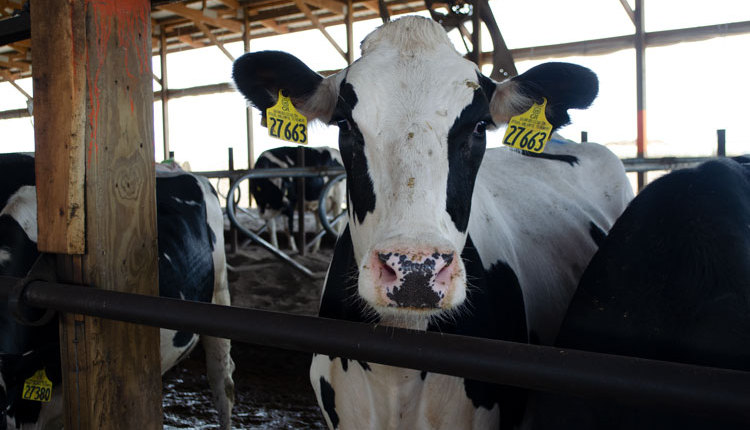
Farmers rarely complain about cows producing too much milk, but when it comes to drying off high-producing cows, the situation changes. As improvements in genetics, nutrition, and cow management boost average milk production per cow, drying off cows becomes more challenging.
An abrupt cessation of milking is a widely adopted practice for low-producing cows since it is relatively easy to implement and manage. However, its use in high-producing cows can raise the risk of mastitis. A hallmark of the dry-off process and dry period is udder involution. It begins when milk is not removed from the udder for a period of 16 hours or more. At that point, milk synthesis is reduced and tissue remodeling occurs. Interestingly, metabolic and immunological changes during involution are slower in higher producing cows compared to lower producing cows, resulting in lower concentrations of naturally protective factors in the udder that make it more favorable for bacterial growth.
Drying off cows with milk yield exceeding 30 to 40 pounds poses some risks:
- Milk leakage: Cows have a greater risk of risk of open teat canals and leaking milk, which elevates the risk of mastitis.
- Delayed keratin plug formation: Cows are slower to form a keratin plug in the teat canal, raising the risk of mastitis.
- Greater udder pressure: Cows have excessive milk accumulation in the udder, which leads to discomfort and stress.
What can we do?
Consider the following strategies to reduce milk yield before dry-off:
- Change nutrient supply: Feed cows a less energy-dense diet that is higher in fiber to promote rumen fill and limit intake. This is often accomplished by moving higher producing cows to a low-group pen that is fed a diet that supports lower production. This type of mild to moderate feed restriction can result in up to a 40% to 60% reduction in milk yield before dry-off.
- Reduced milking frequency: A five-day to seven-day period of reduced milking frequency (like 3x to 2x daily or 2x to 1x daily) or intermittent milking (for example, 1x daily on Day 1, 2, 3, and 4 then dry-off at Day 5) in the week before dry-off can result in up to a 40% reduction in milk yield before dry-off. Less frequent milking prevents milk synthesis and promotes normal cell death in the udder. Although this practice is effective, it can be more difficult to implement and manage than a diet change.
- Extending lactation and shortening the dry period: Continuing to milk higher producing cows until their milk declines naturally can be an effective option. However, too short of a dry period (under 30 days) is not recommended since it negatively affects milk production in the next lactation. Enough time must be provided for udder involution.
Balance health and welfare
High-producing cows experience more stress and discomfort compared to lower producing herdmates when dried off. Consequently, attention must be given to reducing milk yield before dry-off. While feed restriction and reduced milking frequency are effective at lowering milk yield, they are not without their own cow comfort and welfare concerns. Excessive feed or energy restriction can cause metabolic changes consistent with negative energy balance like in early lactation, changes in milk composition, and negative effects on the immune system. Also, restricting feed intake can cause greater feeding motivation, vocalization, and stress.
Gradual cessation of milking can cause more periods of internal udder pressure and cow discomfort with “missed” milking especially for high-producing cows. As a result, cows stand more and are more active at milking time to indicate a motivation to be milked, have higher udder firmness, and exhibit avoidance behavior to udder palpation, indicating pain. The use of wearable behavior sensors can provide valuable information about the activity and rumination time of cows while drying off and after dry-off.
Talk with your veterinarian and nutritionist to tailor a protocol that is right for your herd. A successful dry-off sets the stage for healthier, more productive cows in the next lactation.








